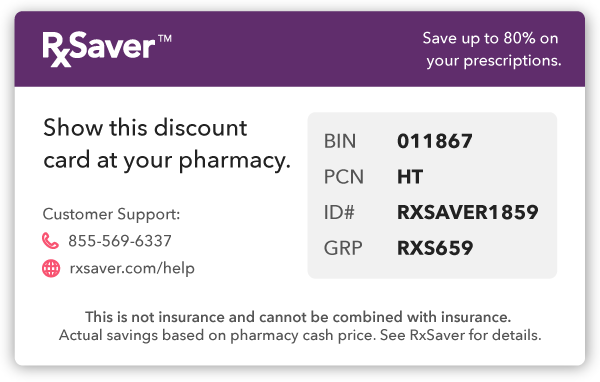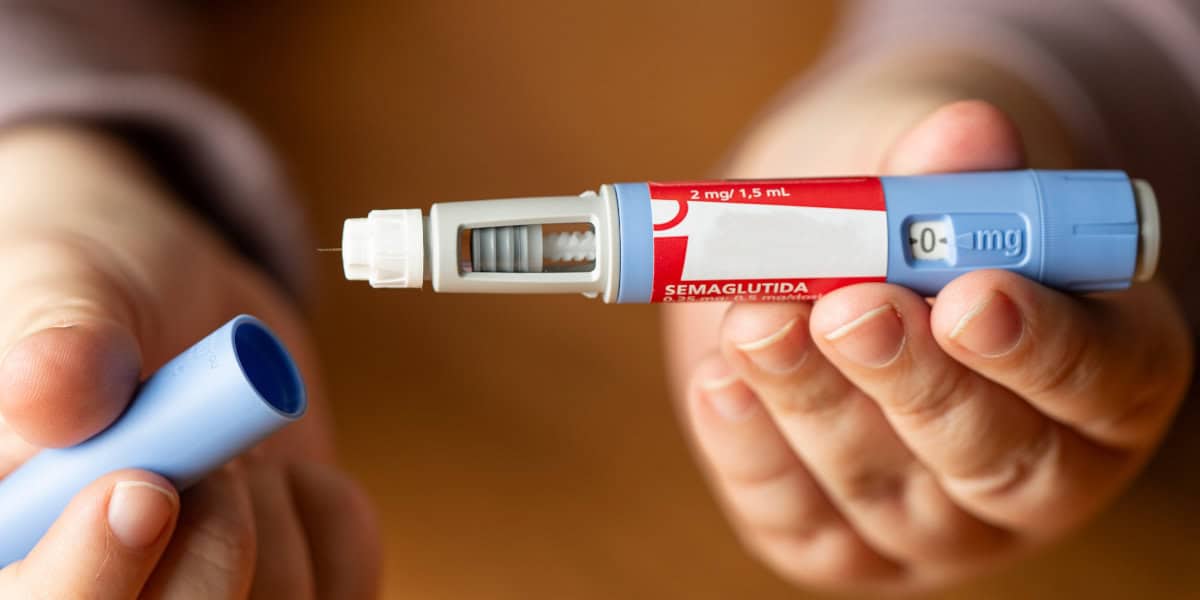The Rising Cost of Prescriptions
Prescription medication costs continue to rise in the United States, creating financial burdens for many patients. The good news is there are several practical ways to reduce what you pay at the pharmacy counter, often without changing your medication.
Quick Savings Tips
- Use a prescription discount card
- Ask about generic alternatives
- Compare prices at different pharmacies
- Look into patient assistance programs
- Ask your doctor about lower-cost alternatives
1. Use Prescription Discount Cards
Prescription discount cards are one of the easiest ways to save money on medications. These free cards can provide significant discounts, especially if you're uninsured or your insurance doesn't cover a particular medication.
Get Started Today: Download our free prescription discount card that works at over 70,000 pharmacies nationwide and can save you up to 80% on your medications.
Simply present the card at a participating pharmacy when filling your prescription. No registration or personal information is required, and the cards can be used by everyone in your family.
2. Ask About Generic Alternatives
Generic medications contain the same active ingredients as brand-name drugs but typically cost 80-85% less. Ask your doctor or pharmacist if a generic alternative is available for your prescription.
In most cases, the effectiveness is identical to brand-name medications, as the FDA requires generics to have the same dosage, strength, safety, and effectiveness.
3. Shop Around at Different Pharmacies
Medication prices can vary widely between pharmacies, even within the same neighborhood. Call different pharmacies to compare prices before filling your prescription.
Some online tools and apps allow you to compare medication prices at pharmacies near you, showing you where to get the best deal.
4. Ask About Cash Prices
Sometimes paying cash instead of using your insurance can actually save you money. This is particularly true if you have a high deductible plan or if your copay is higher than the cash price.
Always ask your pharmacist for both the insurance price and the cash price (with a discount card) to ensure you're getting the best deal.
5. Look Into Patient Assistance Programs
Many pharmaceutical companies offer assistance programs for people who cannot afford their medications. These programs may provide free or low-cost medications to eligible patients.
Visit the manufacturer's website or ask your doctor about patient assistance programs for your specific medications.
6. Consider 90-Day Supplies
Buying a 90-day supply instead of a 30-day supply often costs less per dose. This approach works well for maintenance medications that you take regularly.
Ask your doctor to write a prescription for a 90-day supply, and check if your pharmacy offers discounts for larger quantities.
7. Look Into Mail-Order Options
Mail-order pharmacies often provide medications at lower prices than retail pharmacies. Many insurance plans also offer incentives for using their preferred mail-order service.
These services are particularly convenient for maintenance medications, as they can send automatic refills and may offer additional discounts for regular orders.
8. Check for Manufacturer Coupons and Rebates
Brand-name drug manufacturers frequently offer coupons or savings cards that can significantly reduce your out-of-pocket costs.
Visit the medication's official website or ask your doctor about available coupons or patient savings programs. Note that these typically cannot be combined with Medicare or other federal insurance programs.
9. Talk to Your Doctor About Lower-Cost Options
If medication costs are a concern, be open with your doctor. They may be able to prescribe equally effective but less expensive alternatives or adjust your treatment plan.
Doctors aren't always aware of medication costs or insurance coverage issues unless patients bring it up.
10. Explore Therapeutic Alternatives
Sometimes a different medication in the same drug class may work just as well for your condition but cost significantly less.
Ask your doctor if there are therapeutic alternatives to your current medications that might be more affordable while still effectively treating your condition.
Important Safety Note
Never skip doses or cut pills in half to save money without discussing with your healthcare provider first. This can be dangerous and may affect your treatment.
Conclusion
Rising medication costs don't have to break your budget. By using these simple strategies, you can often find significant savings on your prescriptions while still getting the treatment you need.
Start by downloading our free prescription discount card today, and ask your pharmacist how much you could save on your next refill.
Disclaimer: This article is for informational purposes only and is not a substitute for professional medical or financial advice. Always consult with qualified healthcare providers regarding your medications.

